A paper titled "Symptomatic Reactions, Clinical Outcomes and Patient Satisfaction Associated with Upper Cervical Chiropractic Care: A Prospective, Multicenter, Cohort Study"; was published in the Journal of Musculoskeletal Disorders in 2011 (see link below).
https://bmcmusculoskeletdisord.biomedcentral.com/articles/10.1186/1471-2474-12-219
Study Methods:
A Total of 1,090 consecutive new patients from 83 chiropractors nationwide were recruited for this practice-based study. There were 3 Upper Cervical Chiropractors that were involved in the study with 5 Clinical Outcome Assessments:
1) Neck Pain Disability Index (0-100)
2) Oswestry Back pain Index (0-100)
3) Numerical Rating Score (0-10) for neck pain, headache, midback pain, and low back pain
4) Treatment satisfaction
5) Symptomatic Reactions
Data was collected at baseline and after 2 weeks of care.
Subclinical status for pain and disability was defined as <3 on Numerical rating scale and <10% respectively.
Symptomatic reaction was defined as a new complaint or a worsening of the complaint >30 % on a Numerical rating scale of 0-10 and was less than 24 hours after an upper cervical correction.
Study Results:
There were 4,920 total office visits for those 1,090 patients, which is 4.5 office visits per patient over approximately two weeks.
There were a total of 2,653 corrections (2.4 per patient) over 17 days. So, patients only needed to have an adjustment at about half of their visits, which means when they weren't being adjusted they were holding their alignment.
31 % of the 1,090 patients (383 patients) had a symptomatic reaction and 5.1% of the total patients (56 patients) had an intense symptomatic reaction.
Outcome assessments were significantly improved for neck pain and disability, headache, midback pain and low back pain. Following care, patients also reported a high level of patient satisfaction with a mean of 9.1/10.
The 83 Upper Cervical chiropractors used in the study had administered over 5 million corrections over their careers with out a reported incidence of a serious adverse event.
Study Conclusions:
Upper cervical chiropractic care may have a fairly common occurrence of mild intensity symptomatic reaction for a short period of time less than 24 hours following an upper cervical correction. However, outcome assessments were significantly improved with just less than 3 weeks of care with a high level of patient satisfaction. The preliminary data from this study shows that the benefits of upper cervical chiropractic care outweigh the risks!



